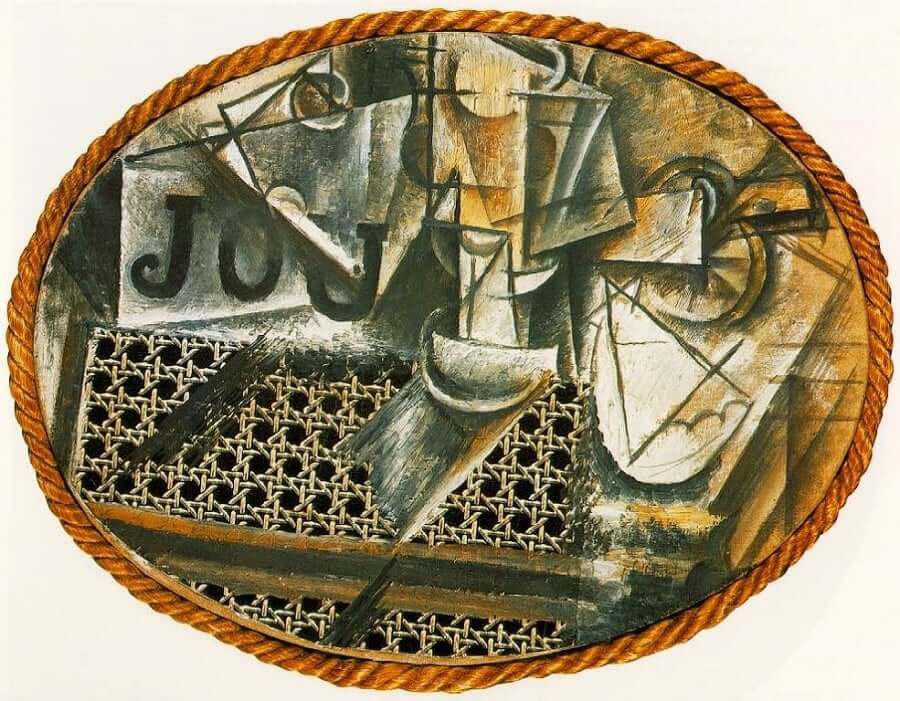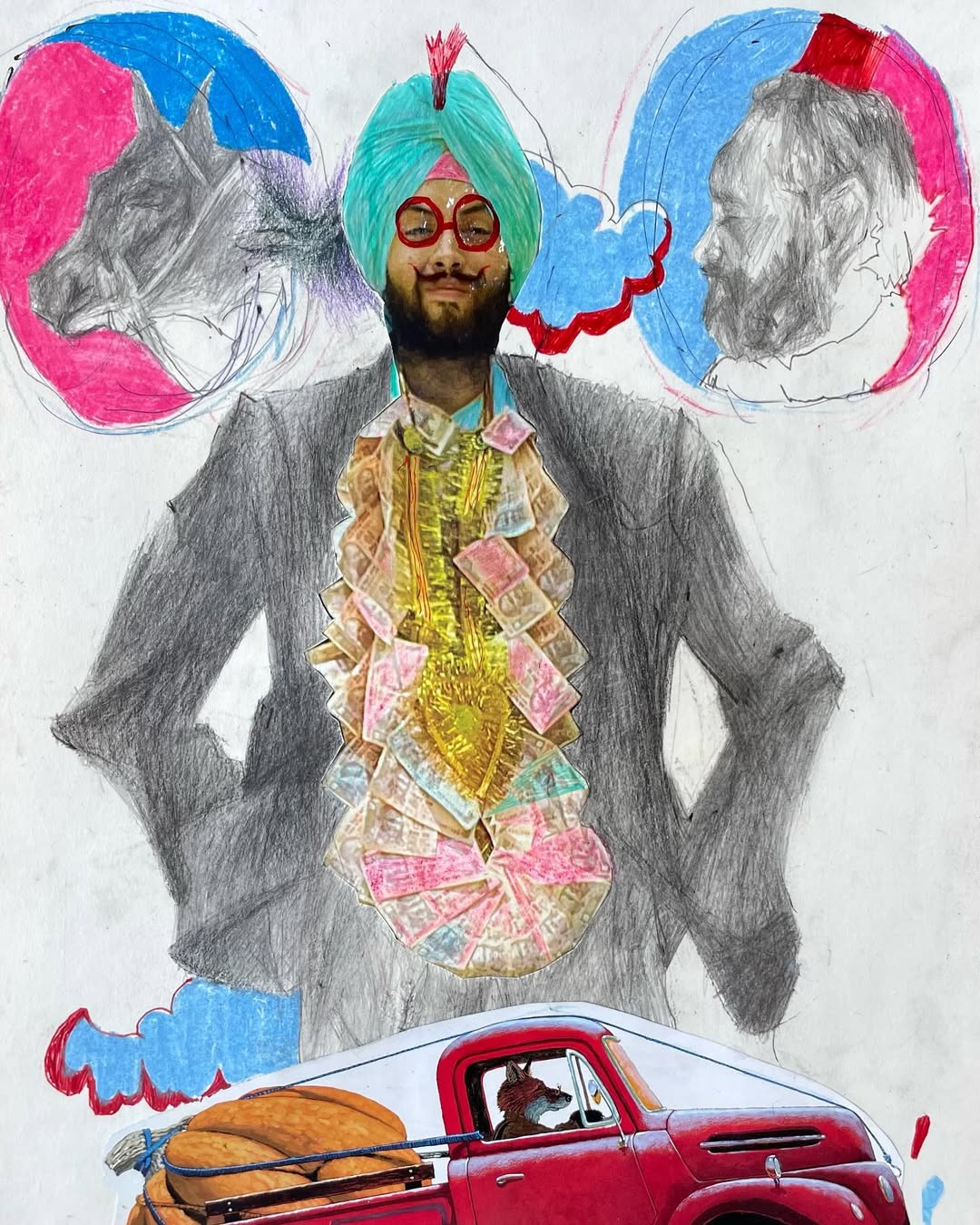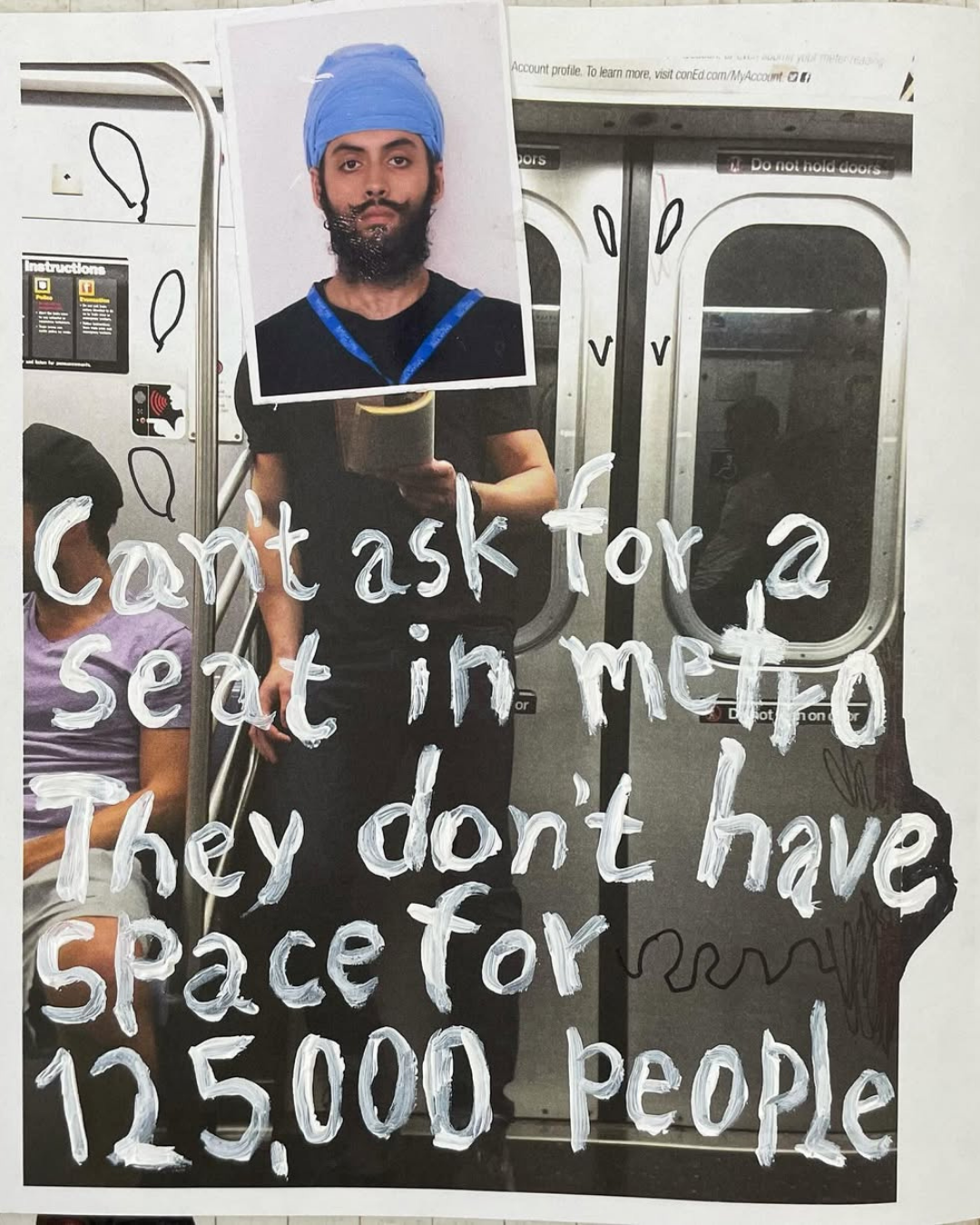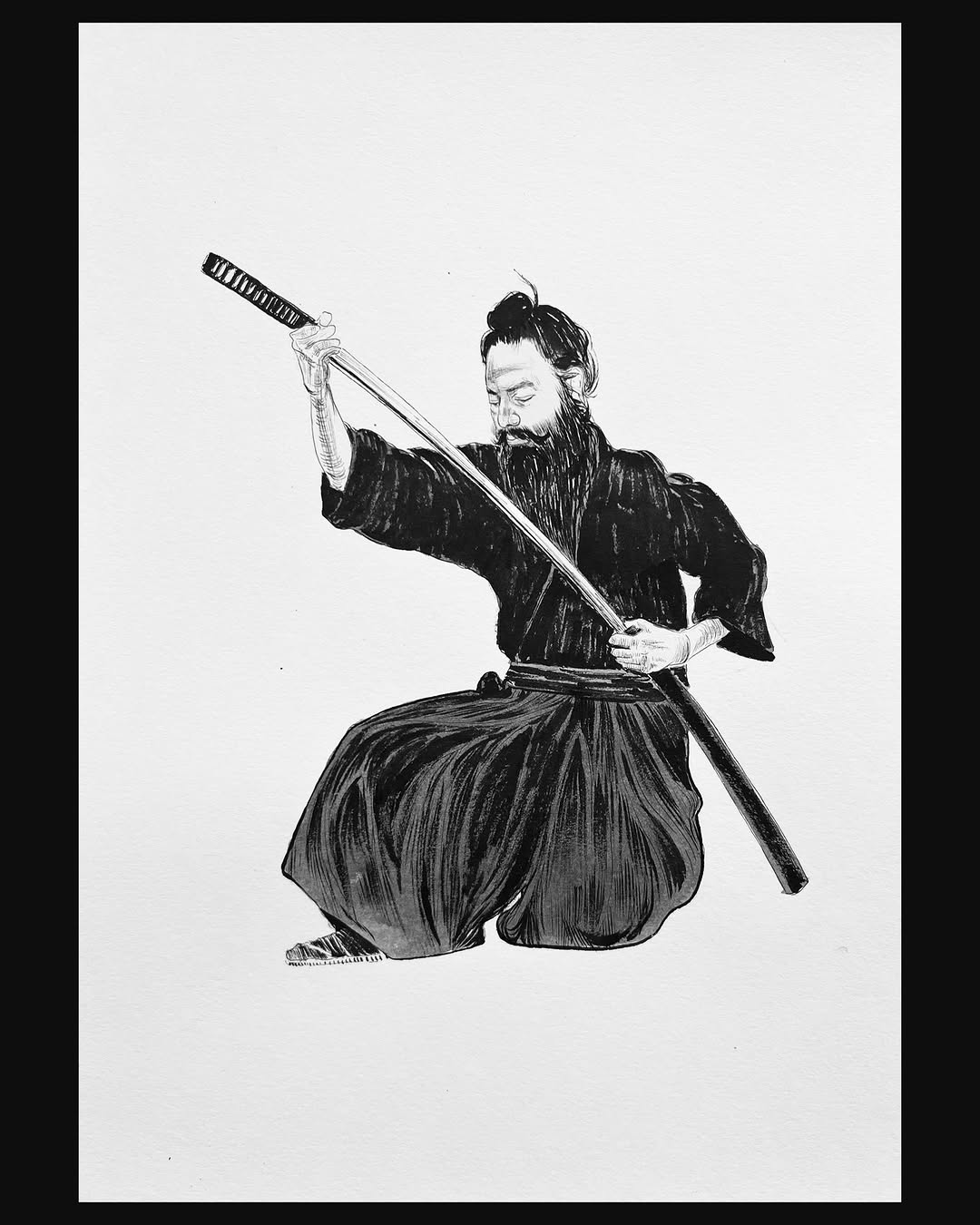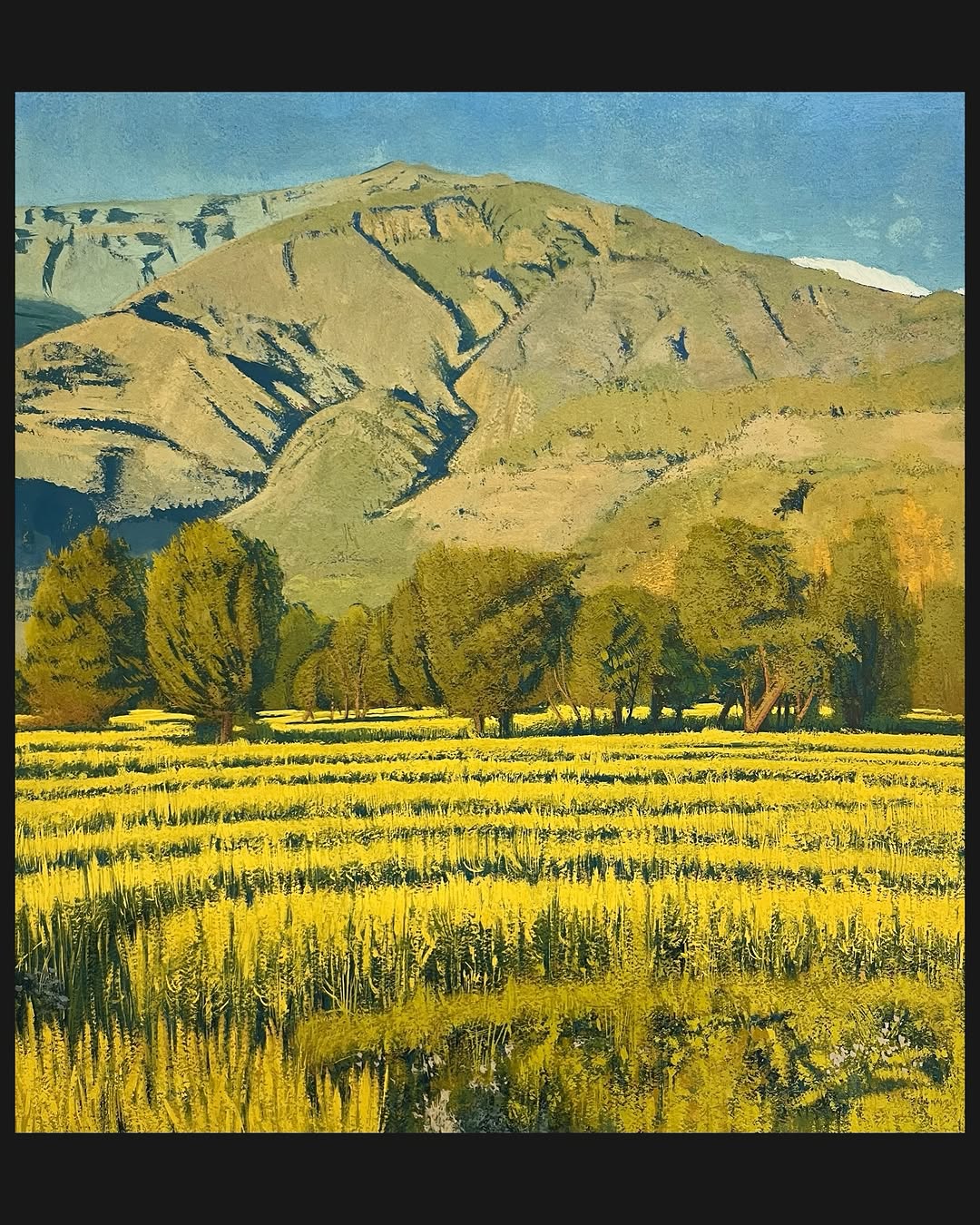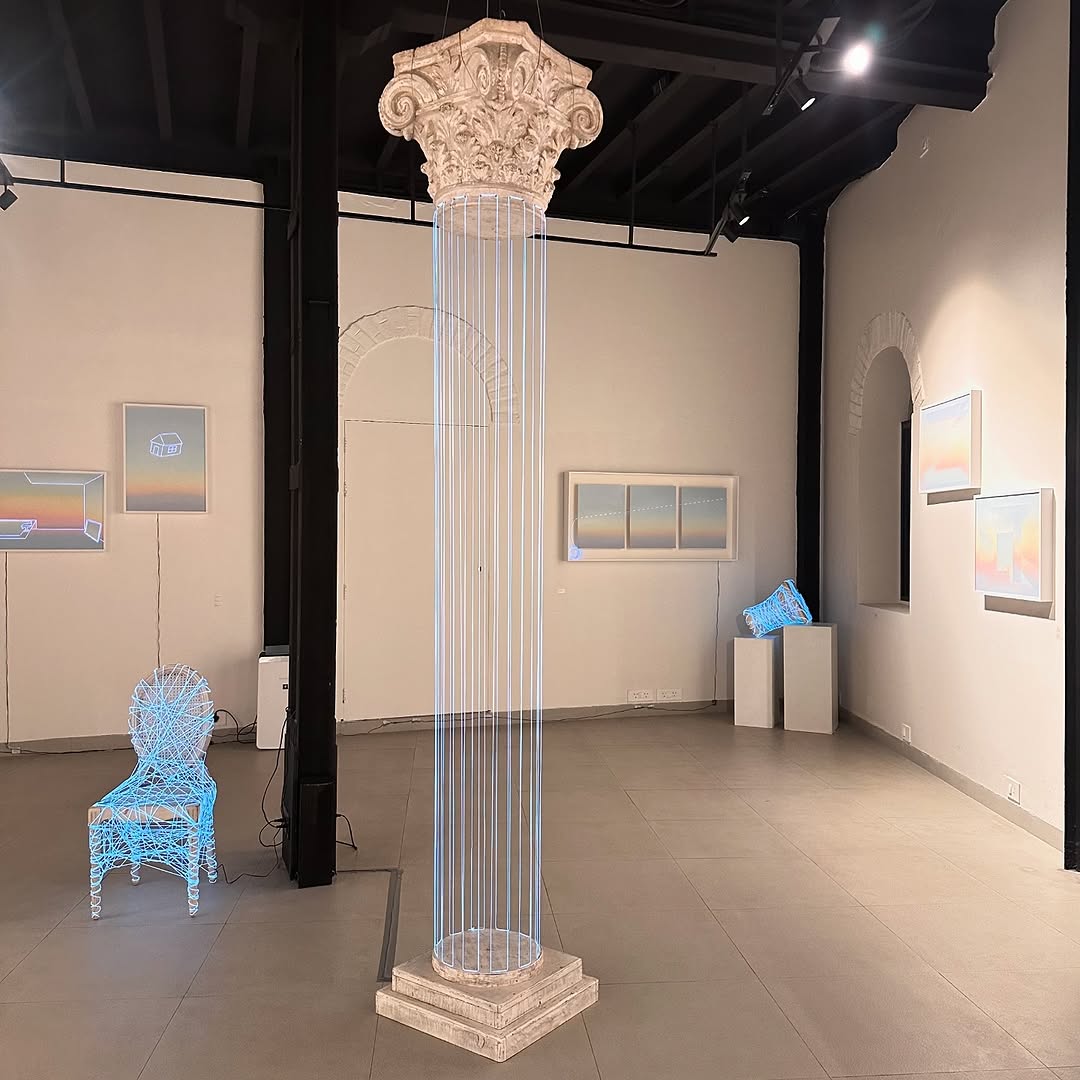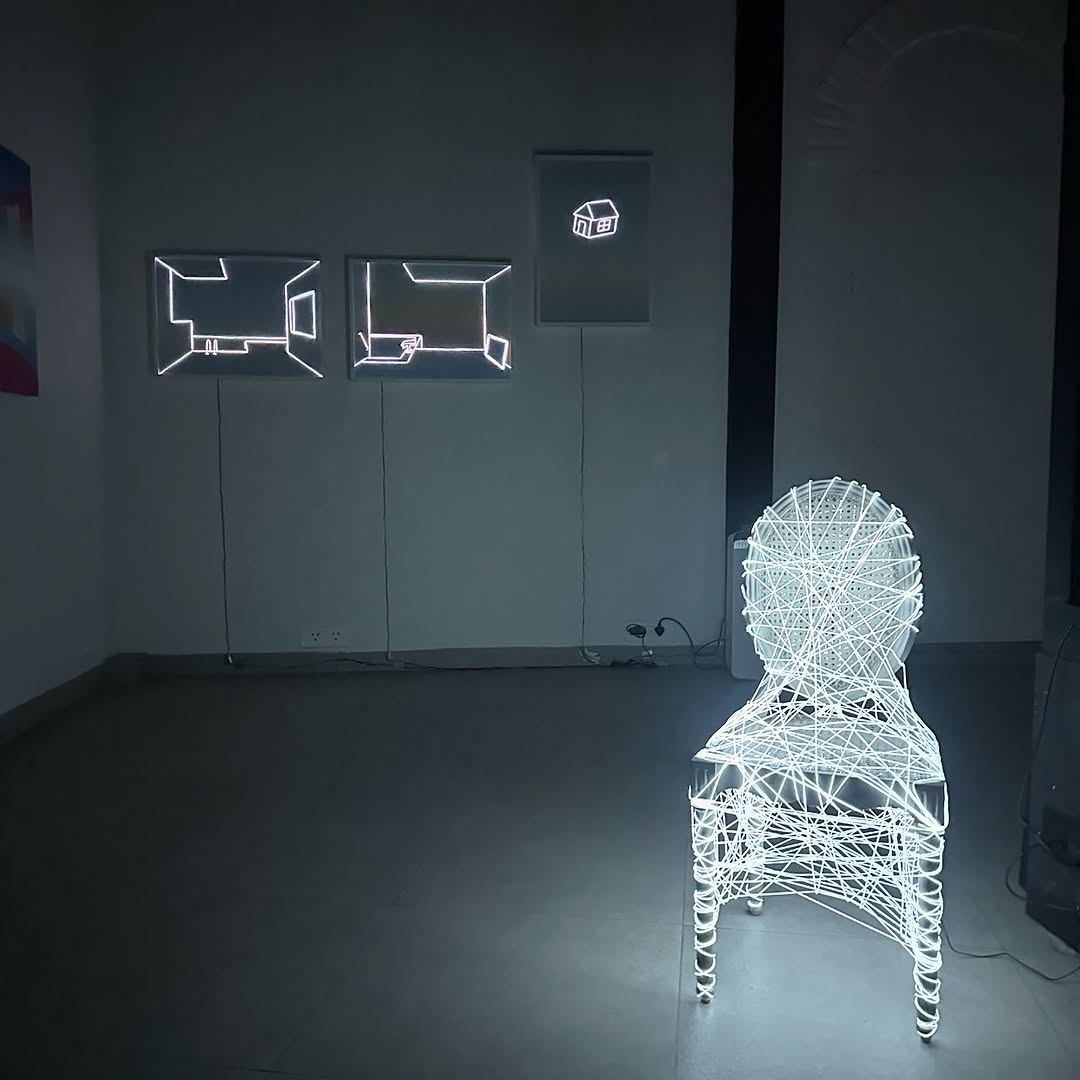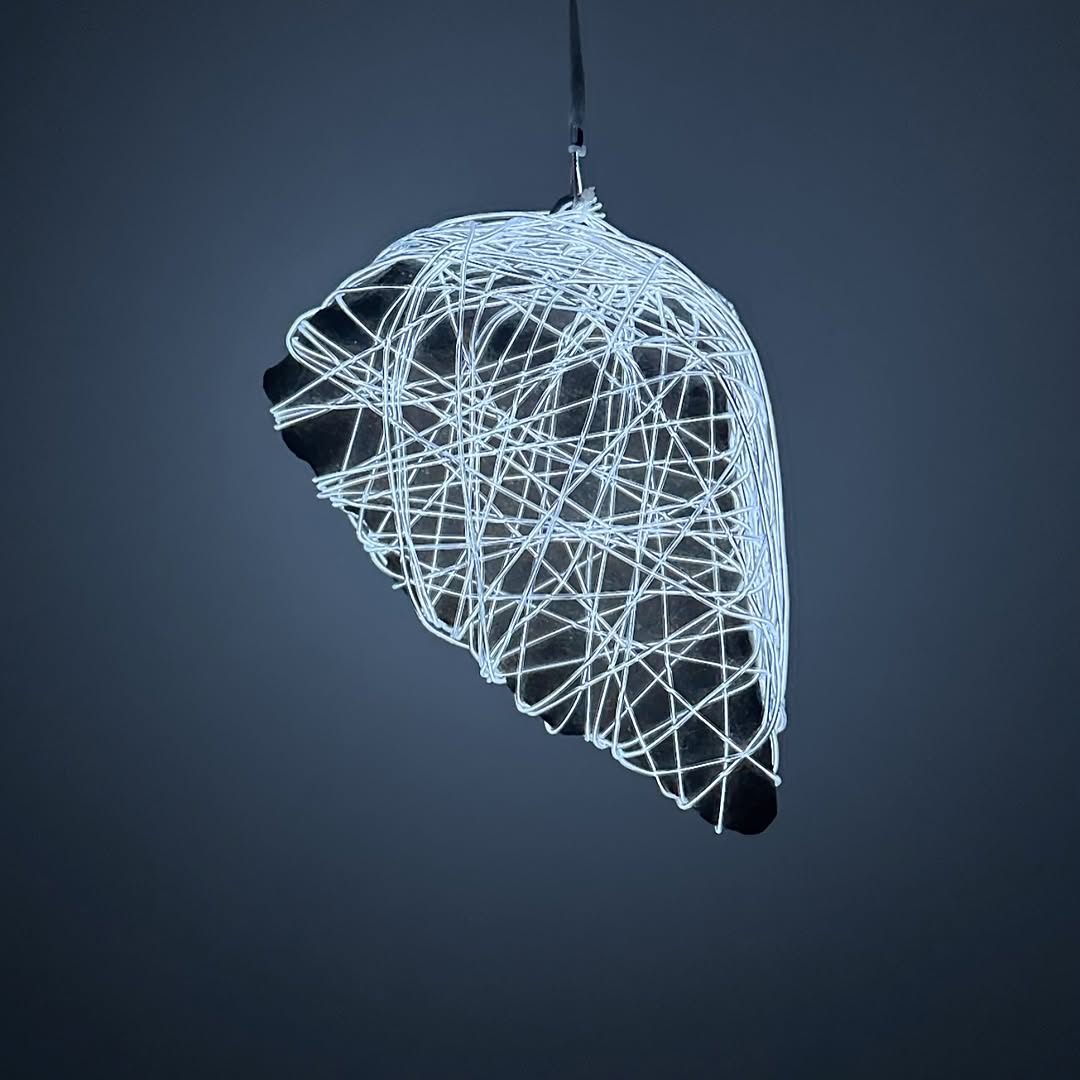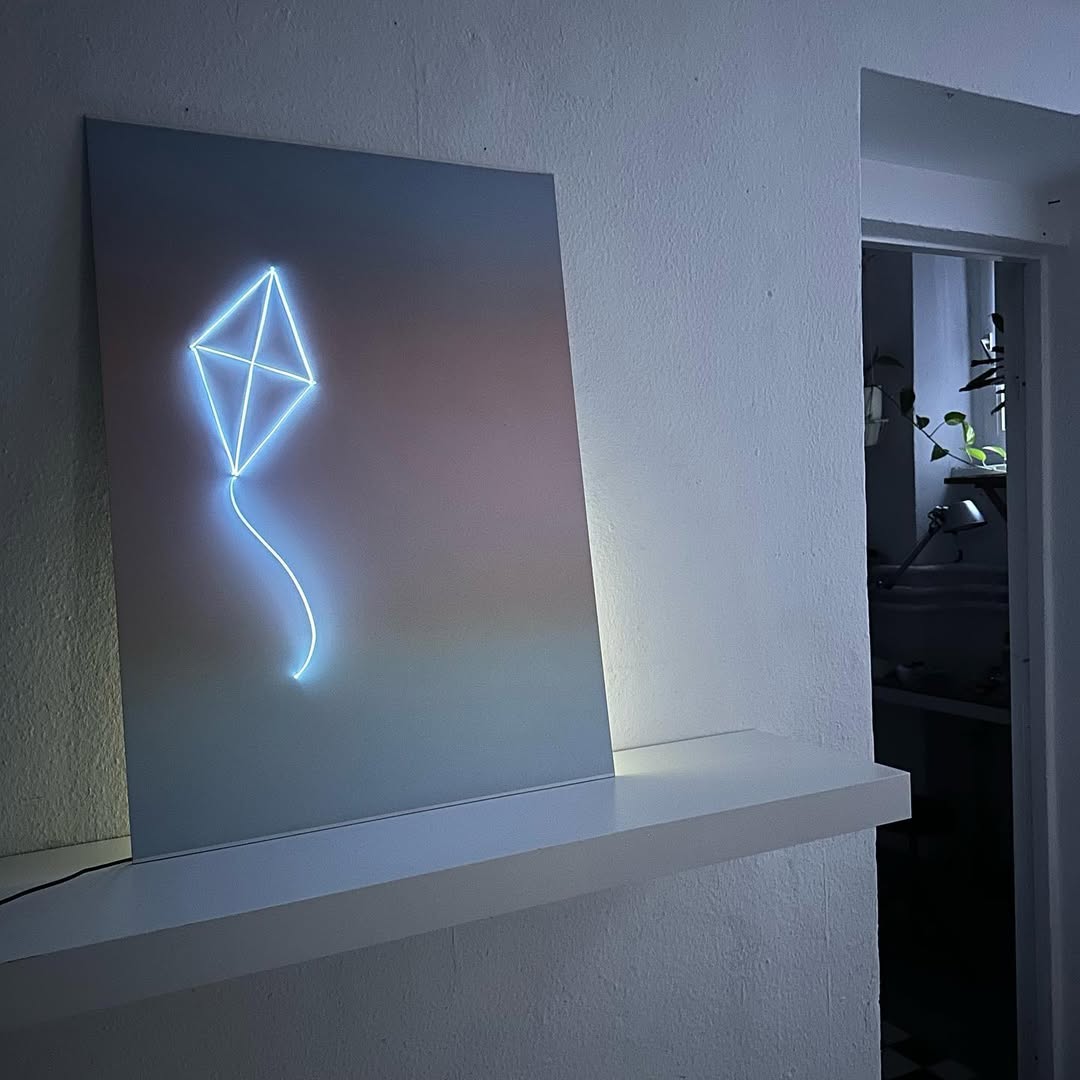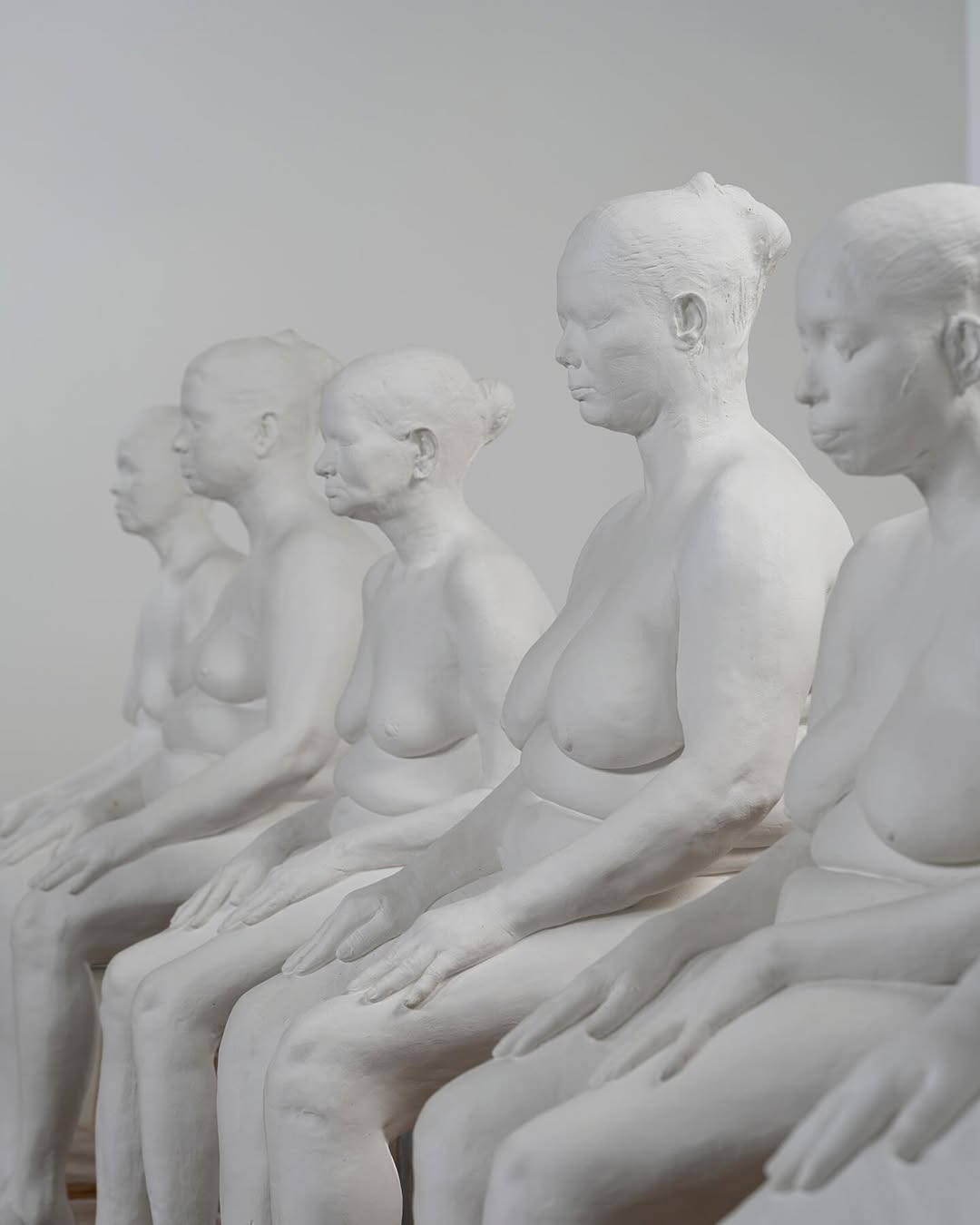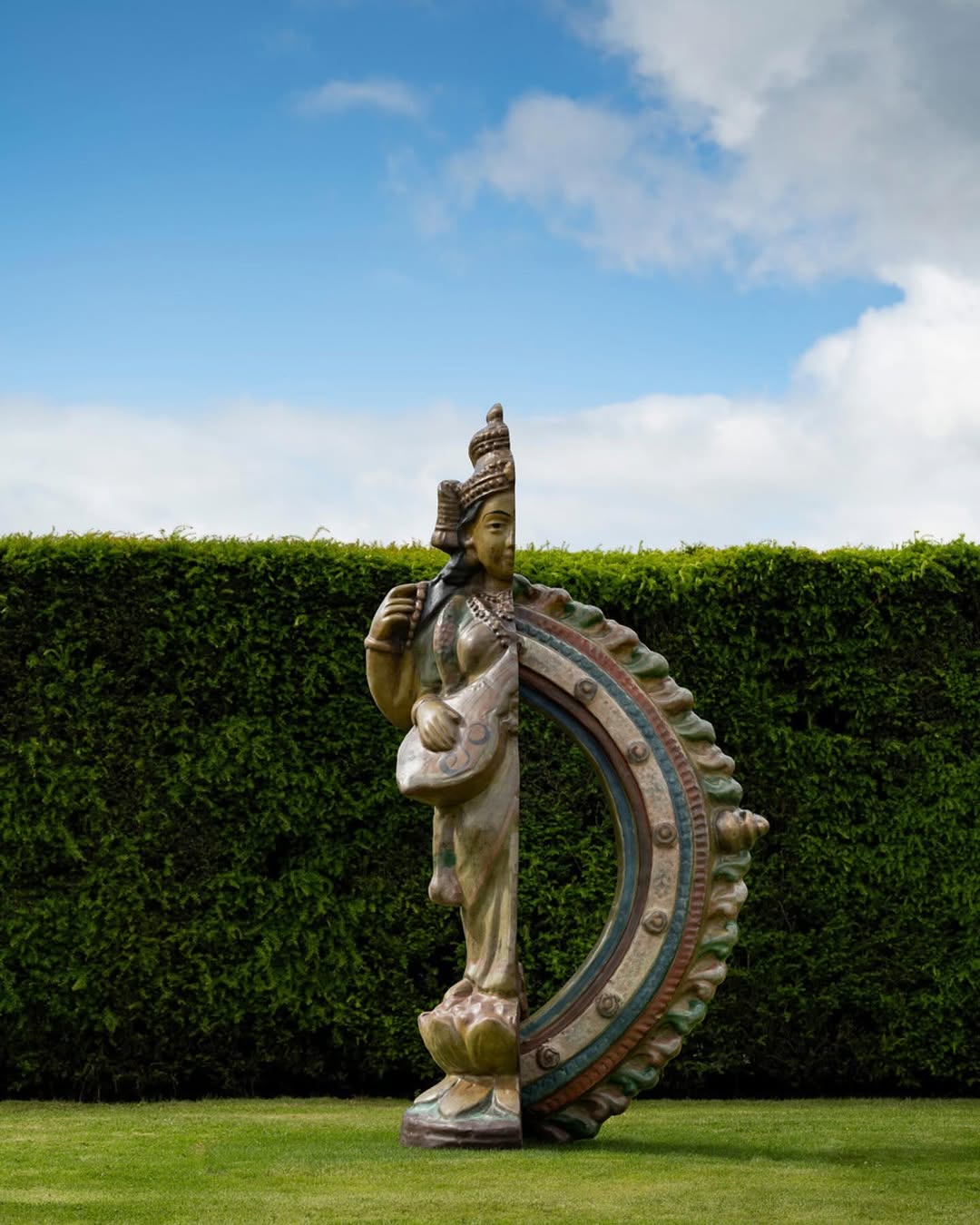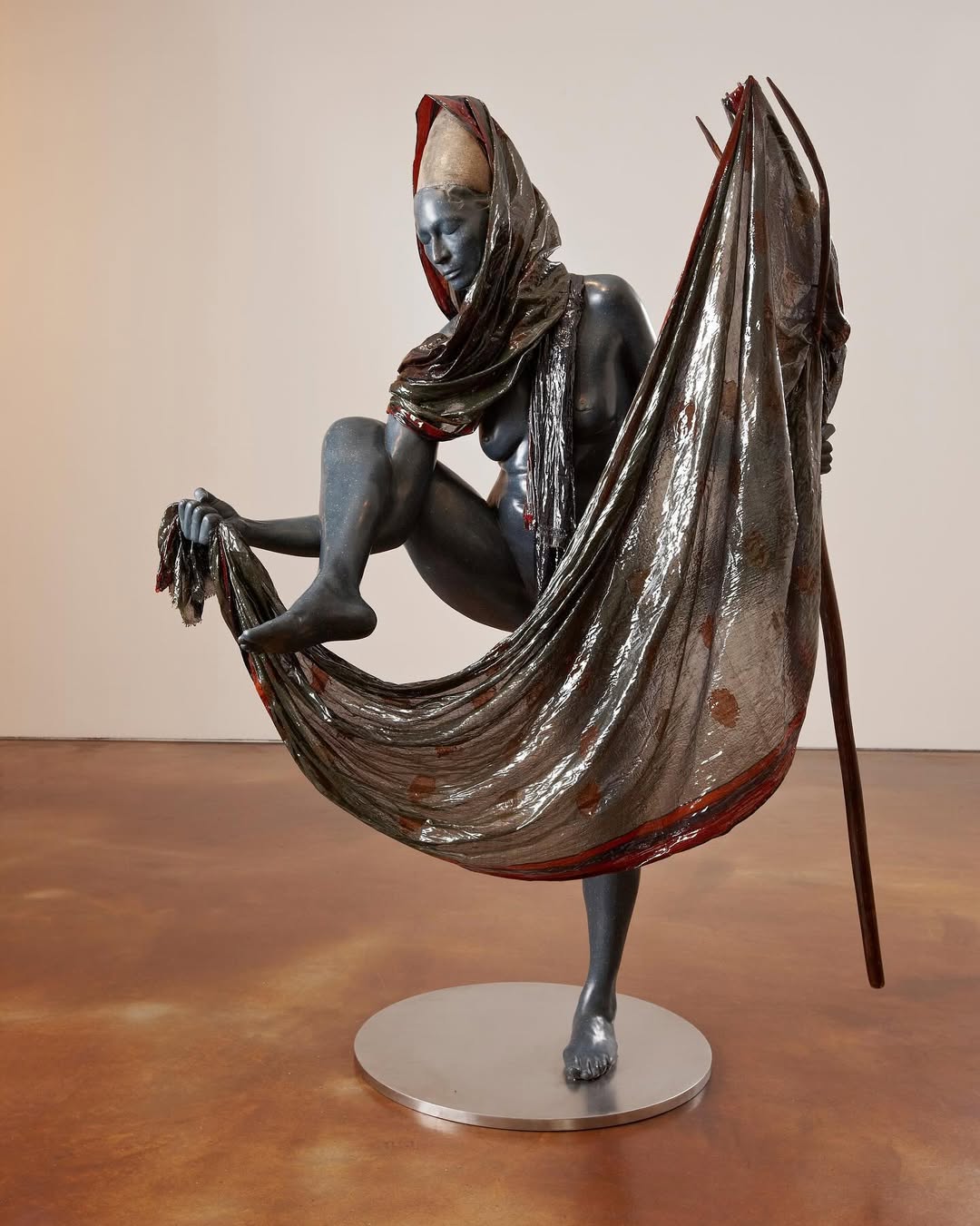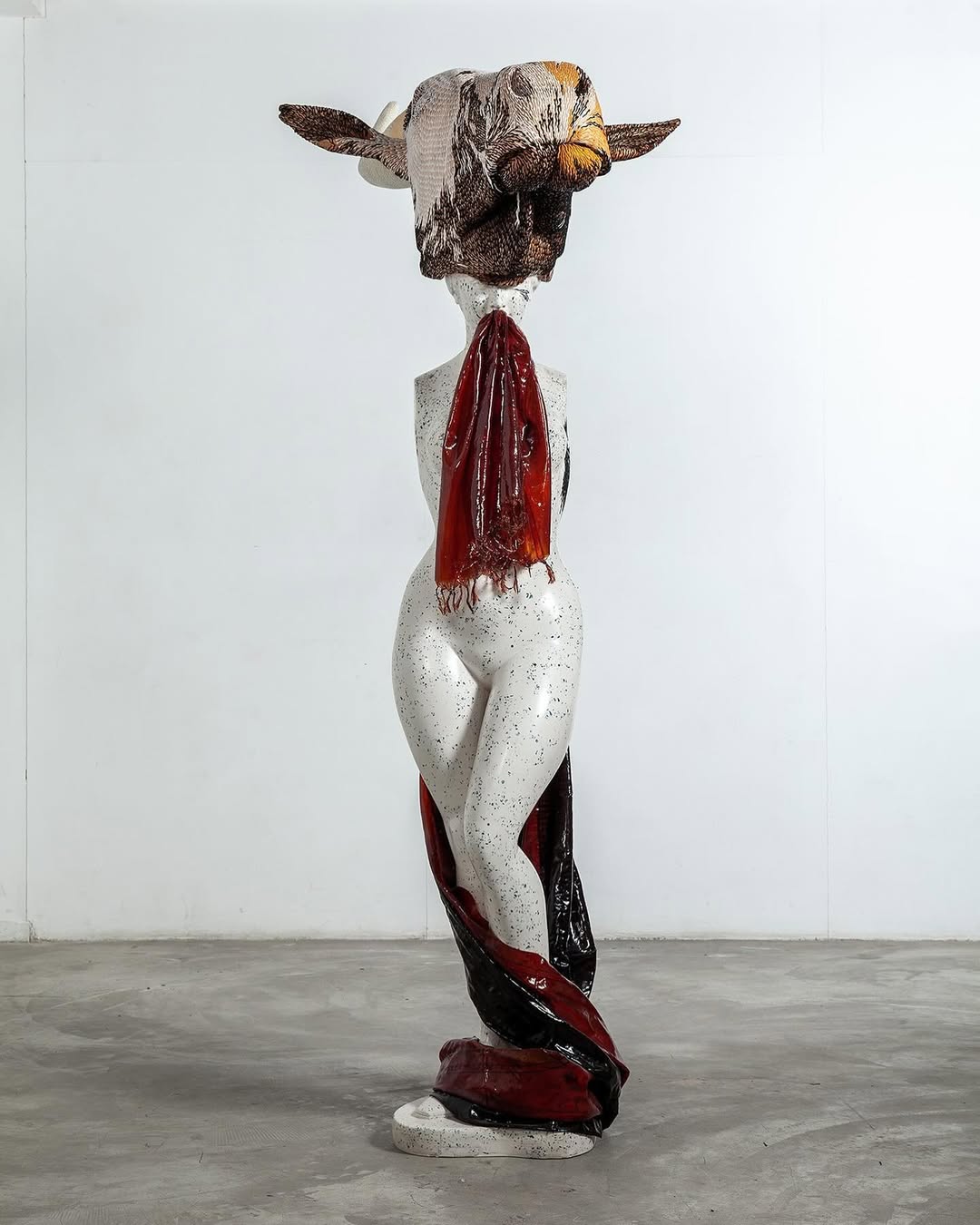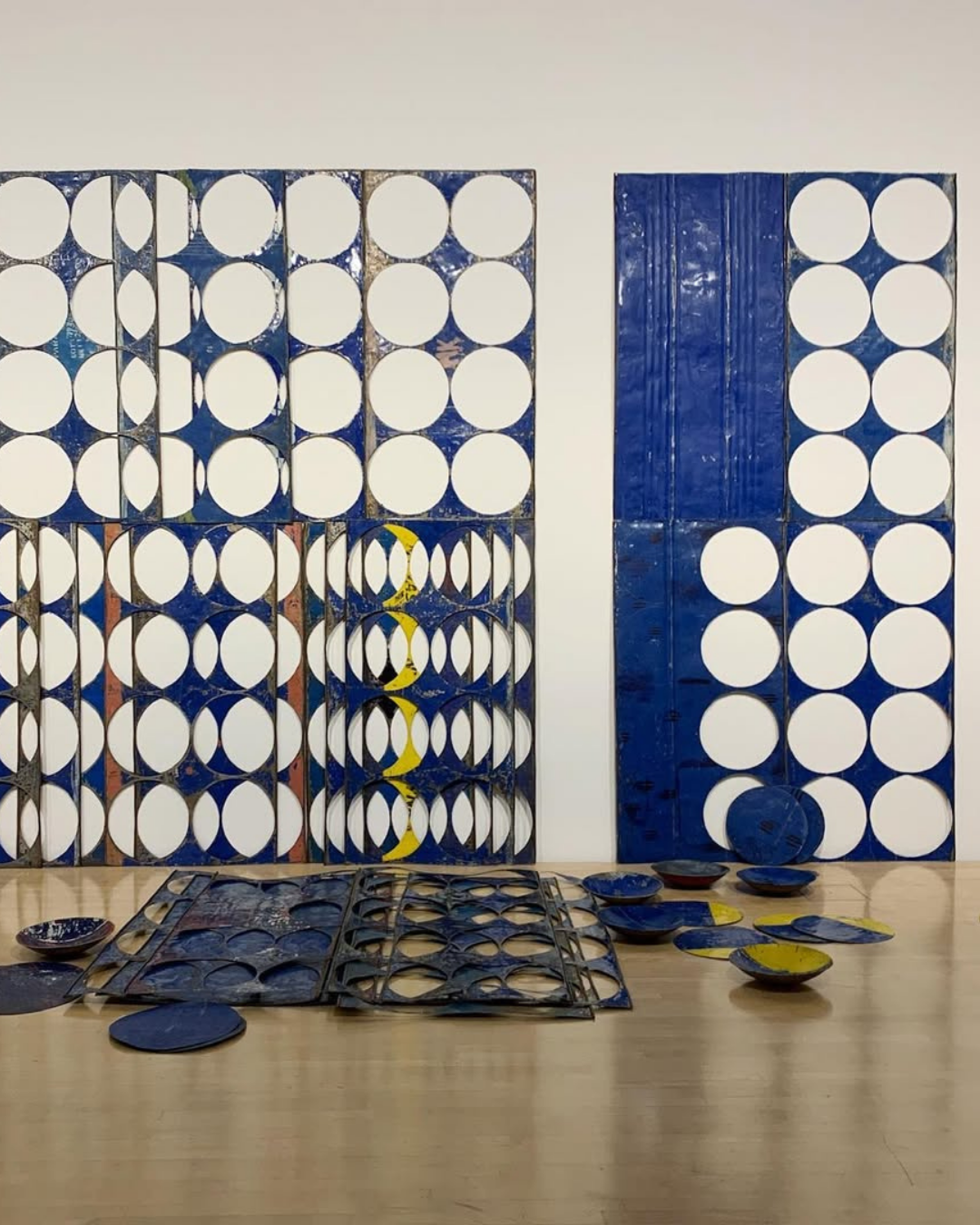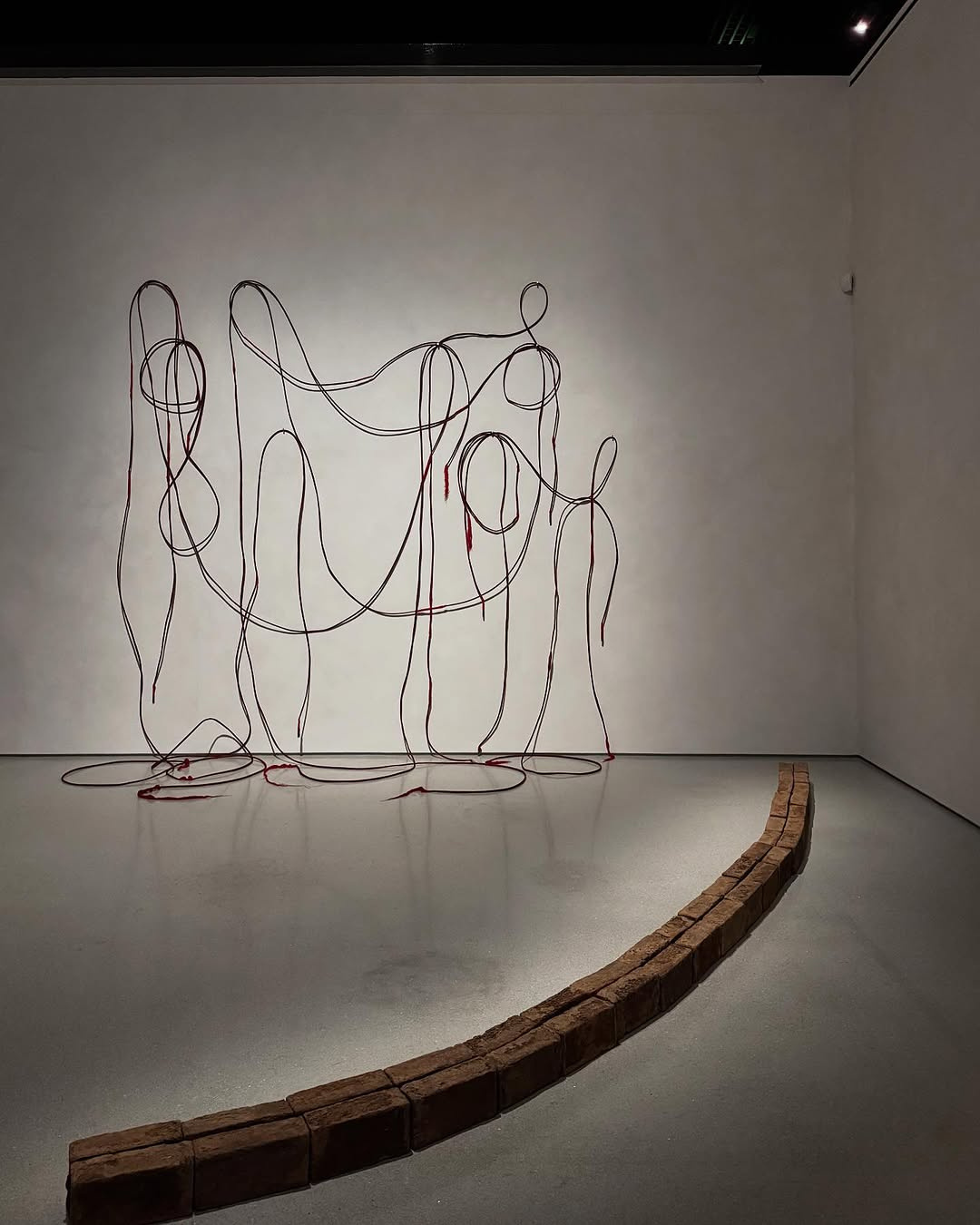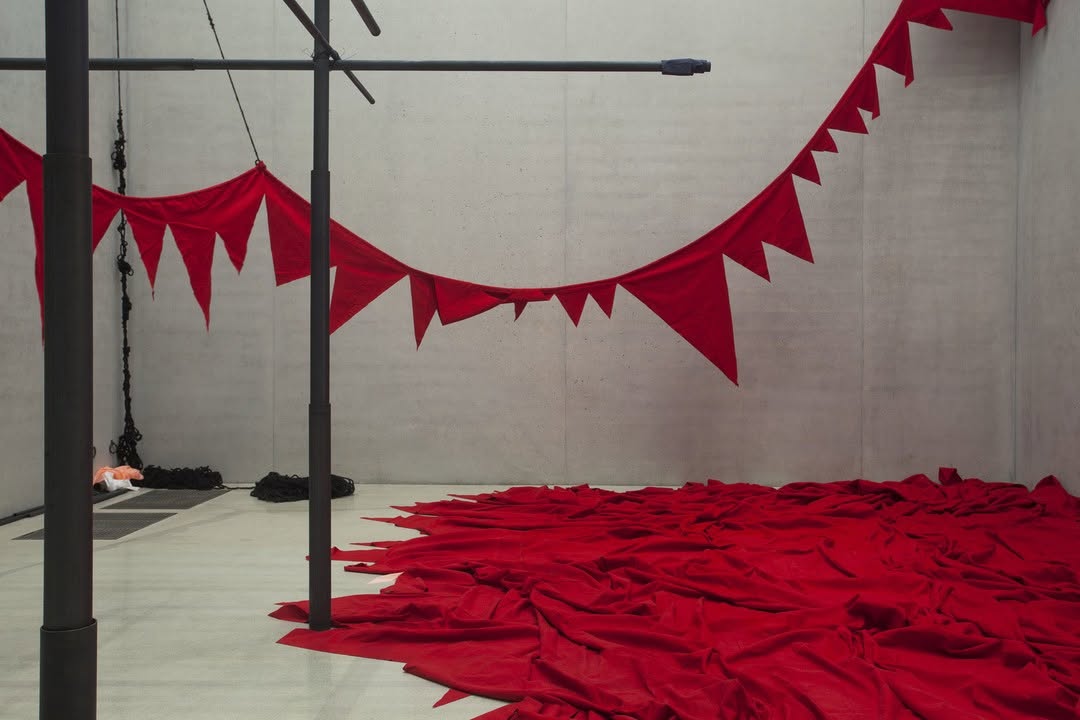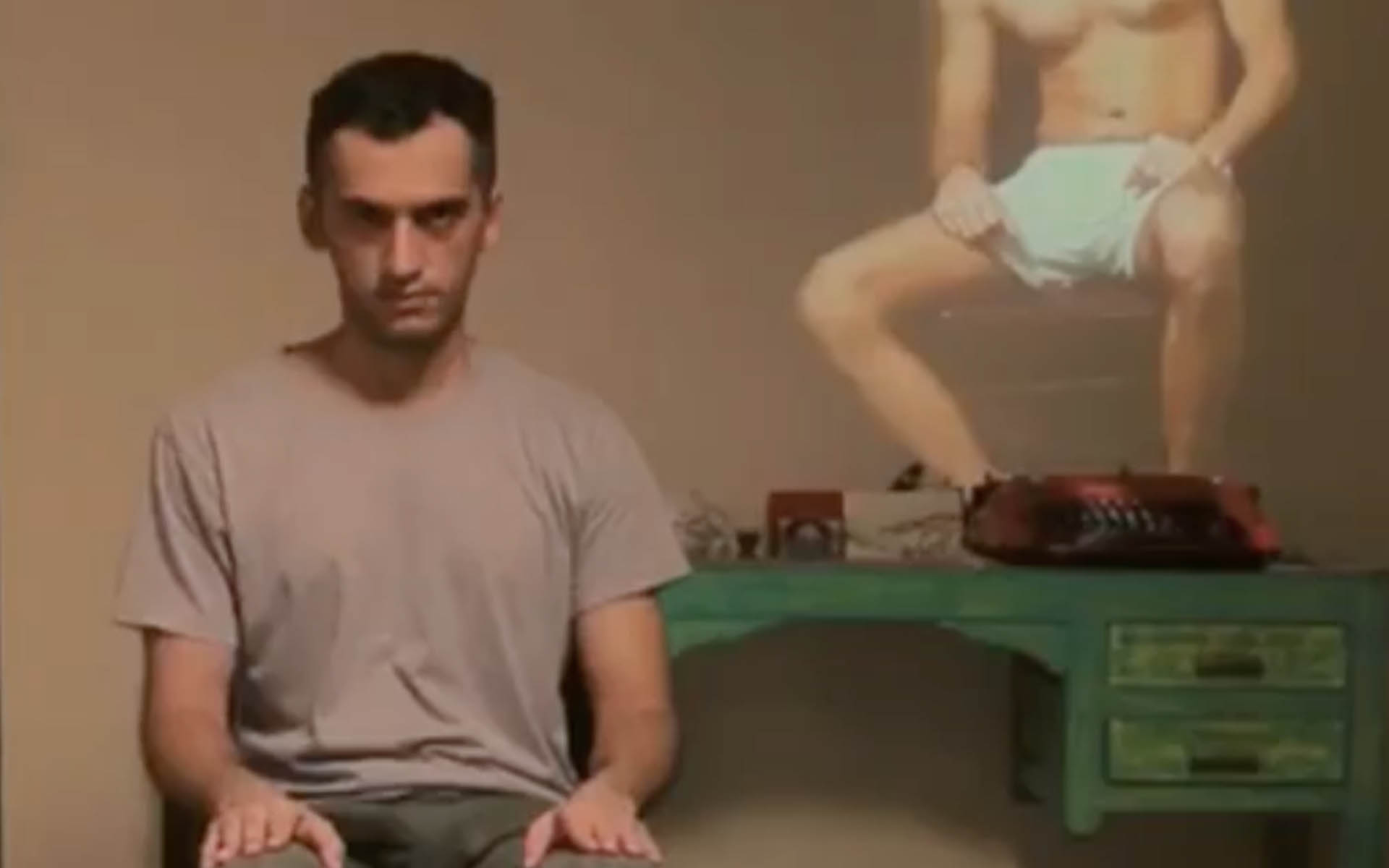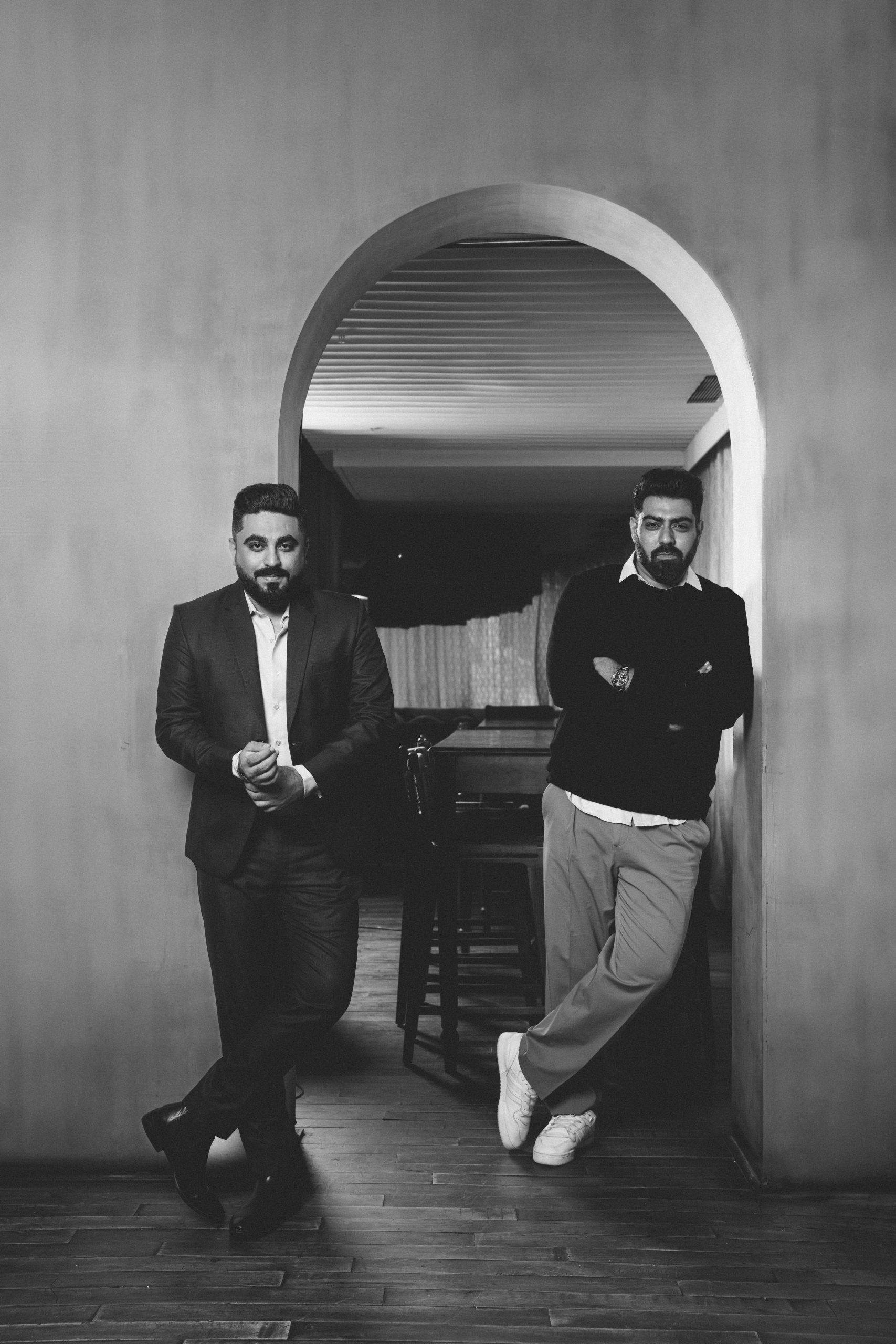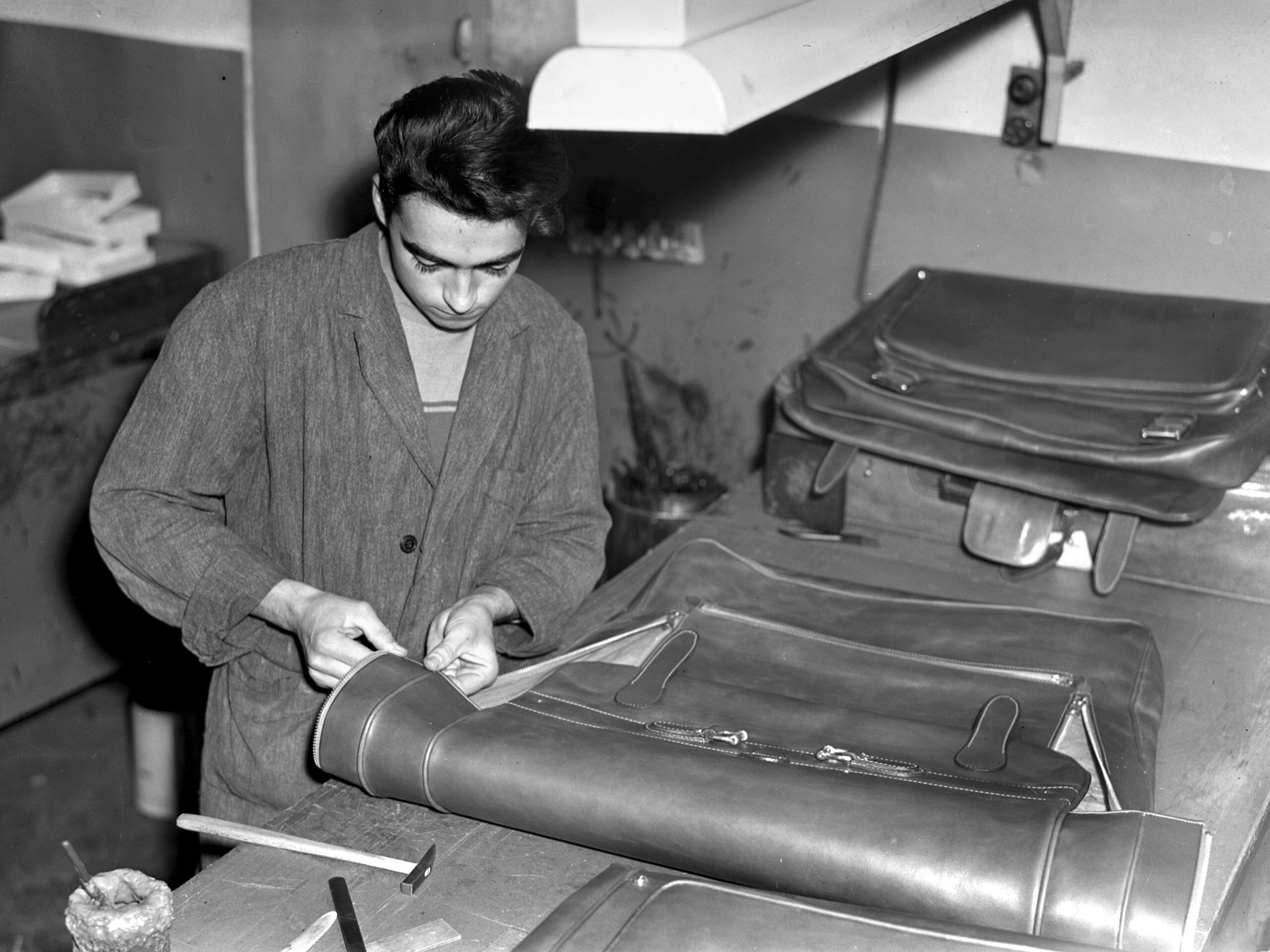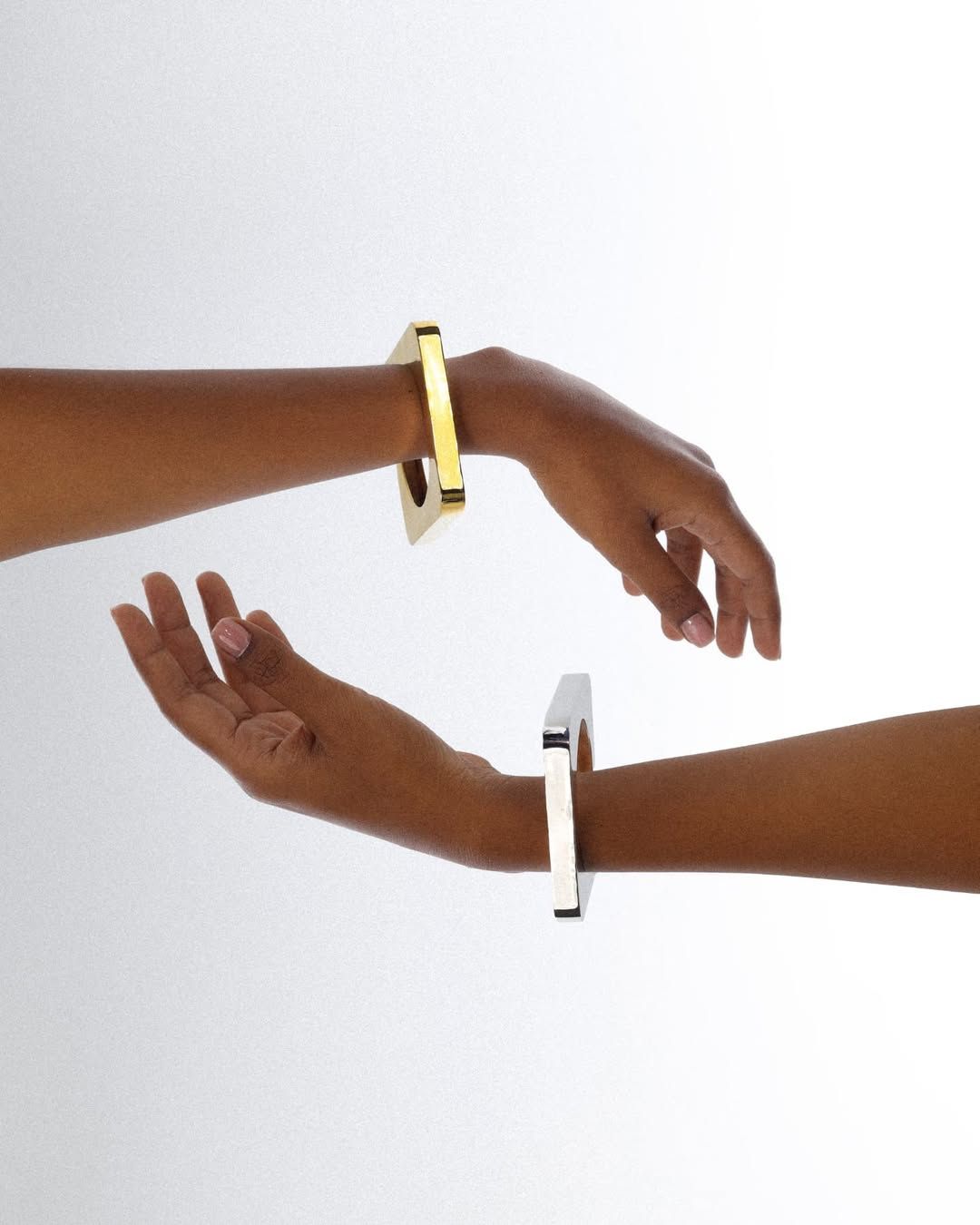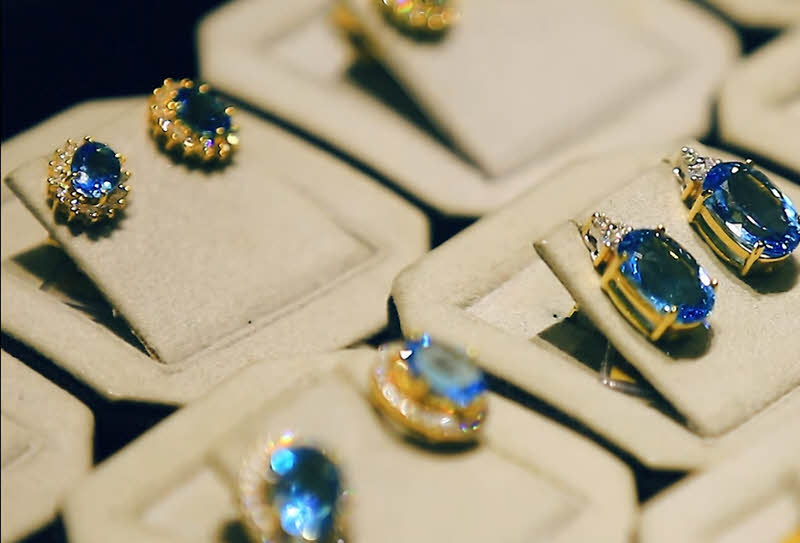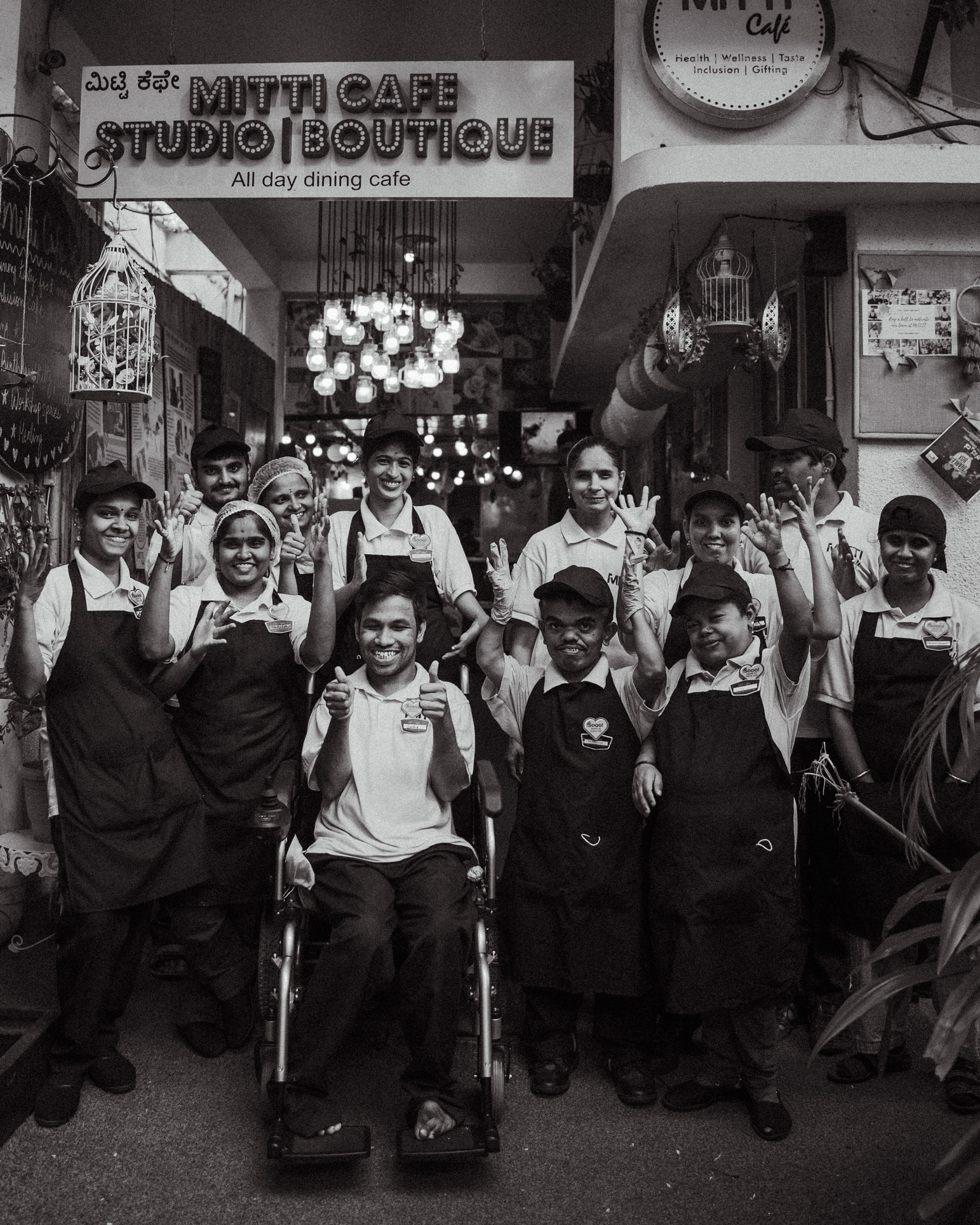Art transcends boundaries — geographical, physical, and medium-based. In today’s interconnected and hyper-digital world, artists are breaking away from the notion that art must exist in a singular form. This non-conformist attitude allows their work to traverse various mediums, be it digital, physical, sculptural, or interactive. As Ankit Verma explains, “Different mediums offer different textures and ways to tap into the psyche. They each have their own language, and I like to weave them together to create something more immersive.” This exploration of mixed media serves as a creative rebellion and a reflection of our evolving cultural landscape. Here, we delve into artists and creatives who choose mixed media to communicate with and engage diverse audiences.
Gurdev Singh, hailing from Delhi, navigates the balance between traditional and digital mediums with a keen awareness of contemporary culture. He states, “The bigger concern is the execution… it’s more about envisioning the highs and lows going around me.” Singh’s incorporation of photography, text and collage bridges the gap between fine art and digital expression. While his dynamic approach reflects personal experiences, it also taps into the collective psyche, highlighting how art can serve as a mirror to society.
Singh’s delicate balance between traditional and digital media
Harmandeep Keerti explores themes of identity, memory, and heritage through mixed media. By combining textiles, painting, and found objects, Keerti creates tactile works that engage viewers on visual and emotional levels. His art exemplifies the power of mixed media to convey complex narratives, breaking down barriers between the artist and the audience. “As a en plein air (outdoor) artist, I have been experimenting with various art mediums and am often carrying them wherever I go.” He has incorporated the outdoors as his studio and believes that mixed media art has allowed him to adapt his unique process to suit all his projects — enhancing creative possibilities and making his final works more relatable and dynamic.
An exploration of experience and being through Keerti’s tactile work
Marina Zumi is a multi-media-light-immersive-hand-embroidery artist, known for her large-scale murals that merge street art with mixed media techniques. She often incorporates elements of collage and light, inviting public interaction. Zumi’s approach reflects the dynamic nature of urban art, where blending styles creates a rich tapestry of visual storytelling. The implications of her work are significant. They transform public spaces into vibrant galleries, making art more accessible and fostering a sense of community engagement.
Light Artwork by Marina Zumi
Bharti Kher’s artistic practice encompasses painting, sculpture, and installation, utilizing materials like bindi among other mixed media assemblages. Her work incorporates themes of feminism, identity, and cultural symbolism. Kher creates immersive worlds that challenge viewers to reconsider preconceived notions about art. The impact of her work often leads to deeper discussions about gender and cultural identity at a personal level.
Snippets from Bharti Kher’s exhibition ‘Alchemies’ at Yorkshire Sculpture Park
Sheela Gowda integrates traditional Indian materials with contemporary techniques, often creating installations that address social and political issues. Her works, which include sculpture and site-specific installations, highlight the intersection of craft and contemporary art. Gowda’s innovative use of mixed media speaks to a collective consciousness, addressing pressing issues that resonate on personal and communal levels.
Gowda’s installations from the Barbican Centre and the Pérez Art Museum
Ankit Verma’s art embodies the spontaneity of live performance alongside the precision of digital media. He notes, “Half the battle is fighting for the idea to breathe, and the other half is being honest and authentic.” Verma explores mixed media to capture the raw aspects of life, blending forms to create immersive experiences. His belief that mixed media allows for diverse interpretations reinforces the psychological aspect of art—encouraging viewers to find their own meanings and connections within the work.
(L-R) Scene from Bombay Local — A Straight 8 film by Ankit Verma (Original); Scene from A VIEW WITH A ROOM Written, directed and performed by Ankit Verma
The dialogue fostered by mixed media art speaks to the collective experiences and challenges of contemporary society. As cultures intersect and evolve, mixed media becomes a powerful tool for artists to comment on issues like migration, identity, and social justice. Artists can highlight the complexities of these themes, inviting viewers to engage in a more intimate way.
Moreover, mixed media can break down hierarchical barriers traditionally present in the art world. It democratizes art-making by blurring the lines between artist and audience. Viewers are no longer passive consumers; they are active participants, encouraged to interpret and derive meaning from the work. This participatory aspect of mixed media fosters a sense of community.
Looking ahead, the future of mixed media art is poised for continued evolution. As technology advances, artists will likely explore even more innovative ways to blend physical and digital mediums. “I see the future of art as one where non-conformity and media fluidity will thrive,” says Harmandeep Keerti, “but only when rooted in a deep understanding of visual language and tradition.” This ongoing experimentation can lead to the creation of entirely new art forms, pushing the boundaries of what is considered art.
Ankit Verma’s vision of a world craving authenticity resonates strongly in this context. As he says, “I imagine a time when artists won’t just work across mediums but will create entirely new ones.” This notion aligns with the current trajectory of art, where the intersection of various influences and mediums is not only accepted but celebrated. The increasing accessibility of tools and platforms for art-making enables a broader range of voices to enter the conversation. As more artists engage with mixed media, we can expect an even richer tapestry of narratives that reflect the diversity of human experience. This inclusivity is vital, as it allows for a more comprehensive understanding of the world around us.
The cultural and psychological effects of mixed media extend beyond mere aesthetics; they reflect a deeper understanding of identity, community, and expression. As artists continue to embrace fluidity and experimentation, the realm of mixed media will undoubtedly expand.
In this evolving context, the words of Gurdev Singh resonate: “It’s more about the execution and whether you are savvy enough to plant things together in your work.” This sentiment encapsulates the essence of mixed media art—an art form that is as much about the journey of creation as it is about the final product. As we witness the future of art unfold, the possibilities of mixed media are limited only by the artists’ imaginations and the stories they choose to tell.
Words by Esha Aphale
Featured Image is titled ‘Still Life with Chair Caning’ by Pablo Picasso, 1912, considered the first modern mixed media artwork.
